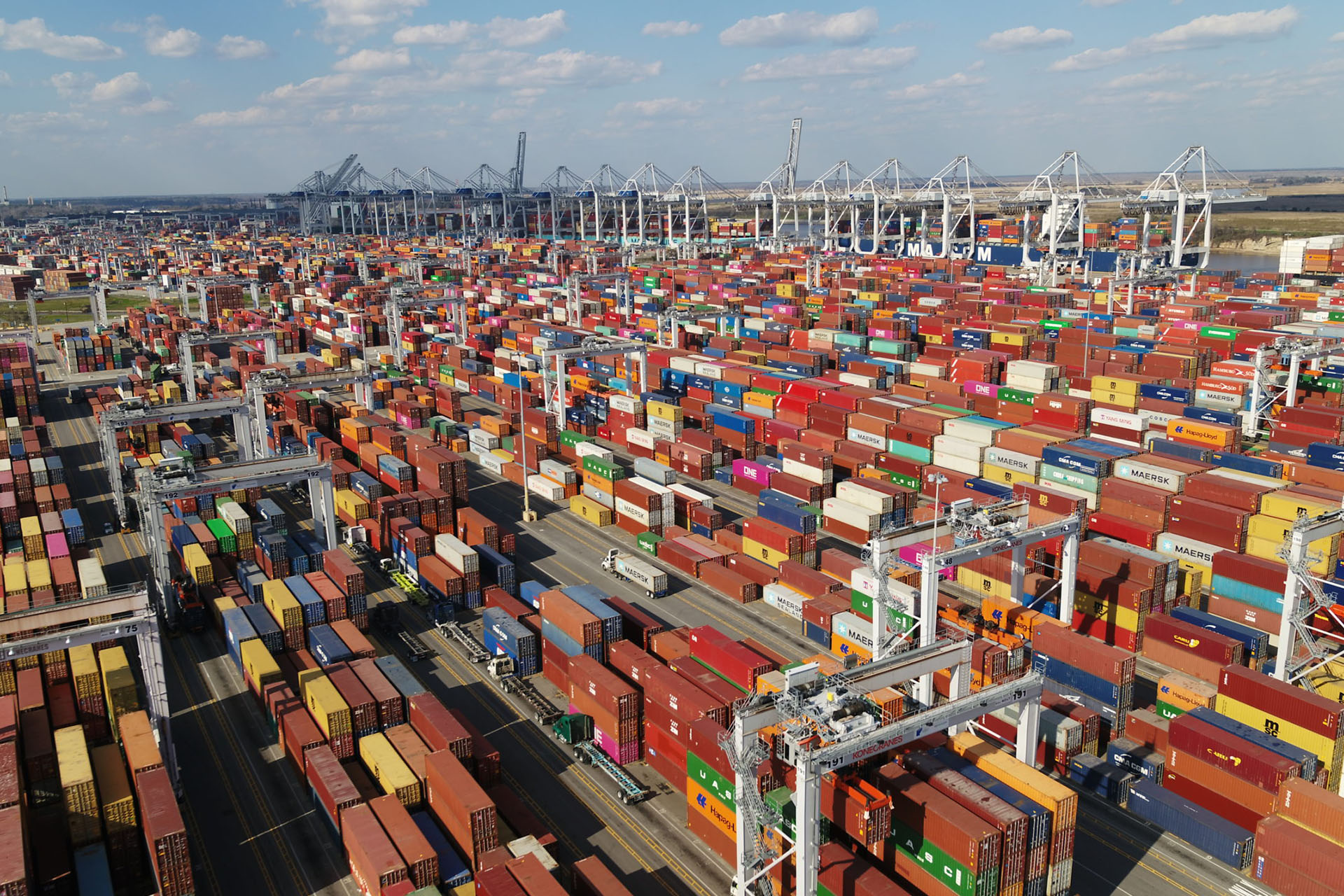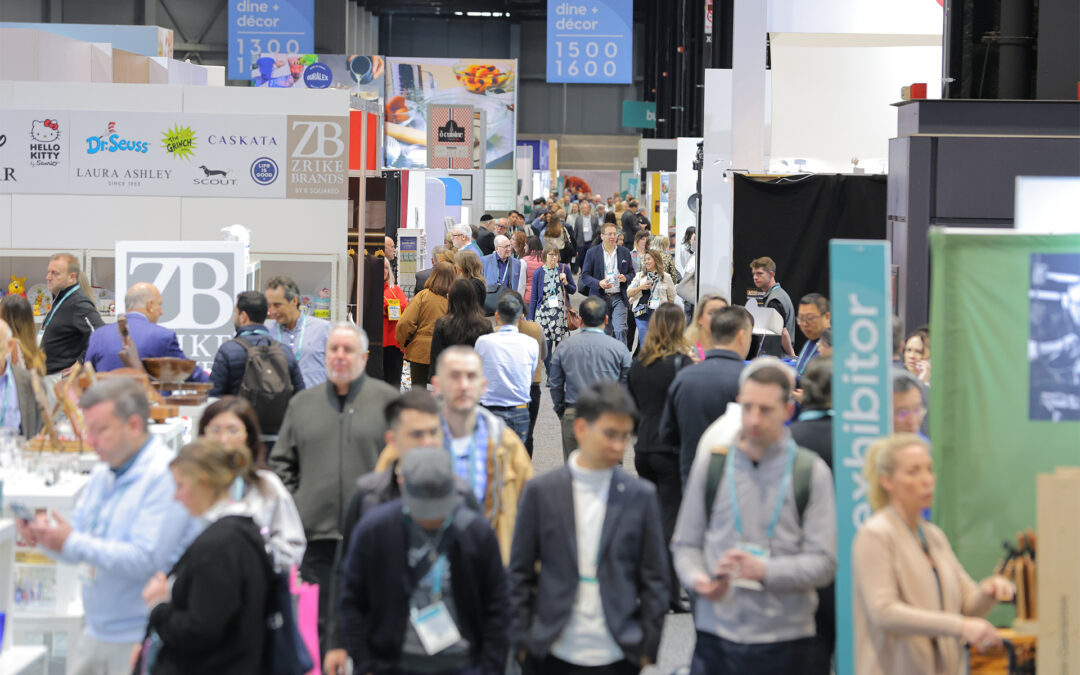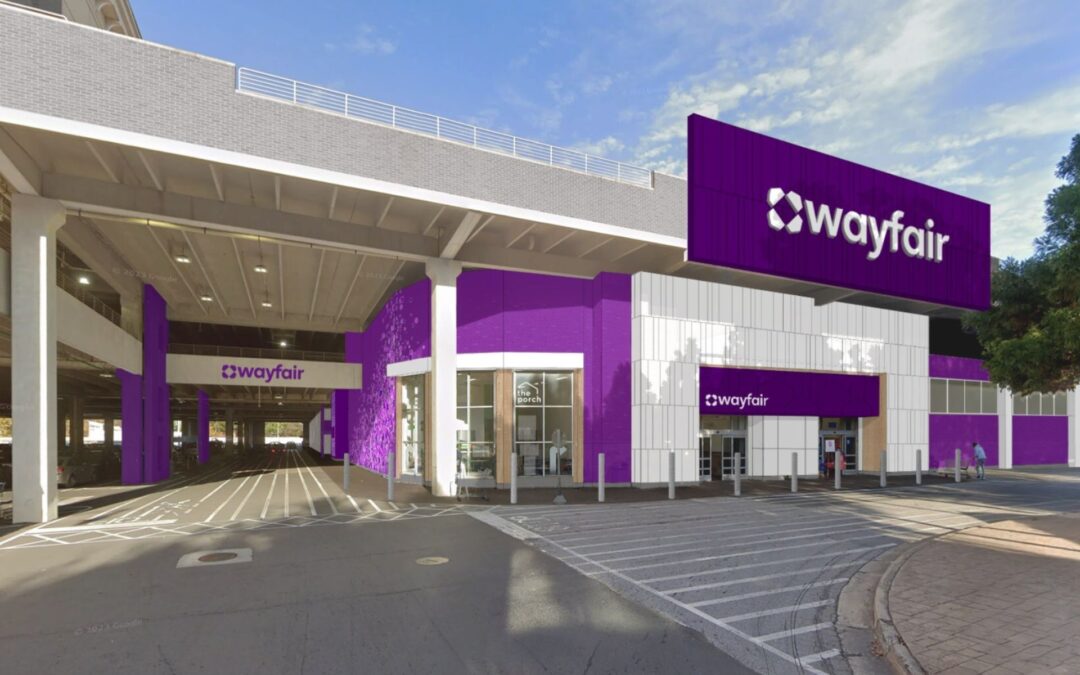Retailers hold out little hope supply chain challenges will abate this year or next, a study of retail executives indicated, while the National Retail Federation affirms it expects imports at the nation’s container ports to remain at near-record levels for the remainder of the year.
NRF cited the monthly Global Port Tracker report it has released with market researcher Hackett Associates in gauging the import flood as retailers rush to move merchandise from docks to shelves in time to meet consumer demand for holiday goods. More than 70 ships waited to dock at the Ports of Los Angeles and Long Beach in early November, NRF reported, and the wait at Los Angeles averaged two weeks during the period from early October. Those delays are pushing back the vessels’ arrival at other ports on their schedules. Some carriers have announced plans to divert to other locations on the United States coast, NRF noted, but congestion is building nationwide.
Congestion and disruptions that started in 2020 have continued through the current peak shipping season, normally stock-up time for retailers readying for the holidays. In anticipation, many retailers began bringing in holiday goods months ahead of schedule to build inventory as port congestion became an issue. NRF has forecast that holiday sales will grow between 8.5% and 10.5% versus the 2020 season.
The major U.S. ports covered by Global Port Tracker handled 2.14 million Twenty-Foot Equivalent Units in September, the latest month for which final numbers are available, down 5.9% from August but up 1.4% year over year. A TEU is one 20-foot container or its equivalent. Ports have not reported October numbers yet, but Global Port Tracker projected the month to come in at 2.19 million TEU, down 1.2% from October 2020. The year-over-year decline would be the first since July 2020, when stores closed by the pandemic reopened and, as a result, retailers began importing additional product to meet pent-up consumer demand and to stock up for the holidays.
Even with the decline from 2020, October would be among the five busiest months recorded since NRF began tracking imports in 2002, NRF noted. All signs indicate that import volume will continue strong, NRF pointed out, with November forecast at 2.17 million TEU, up 3.3% year-over-year, and December at 2.18 million TEU, up 3.5%. NRF forecasts January 2022 import volume to reach 2.21 million TEU, up 7.6% from January 2021, February, 2 million TEU, up 7% year-over-year, and March, 2.17 million TEU, down 4.1% year-over-year.
Many retail executives expect holiday shopping to take a hit from supply chain disruptions and inflation, according to a survey conducted by market research firm First Insight and the Baker Retailing Center at the Wharton School at the University of Pennsylvania. All 51 senior executives surveyed agreed disruptions will mark the upcoming holiday shopping season, and 98% agree supply chain issues will challenge the retail industry through 2022 and beyond.
As they considered holiday operations, 22% of survey respondents said they would eliminate or reduce planned promotions in response to lower inventories and higher prices. At the same time, almost two-thirds of retailers anticipated a margin hit of less than 10%.
Retailers are handling the increased cost of goods and shipping variously, with some trying to mitigate the supply chain costs as they head into the holidays.
“Over a third of retailers are absorbing the hit and keeping prices consistent,” said Professor Thomas Robertson, academic director of Wharton’s Baker Retailing Center. “However, an astounding 59% of retailers said they will be passing on the cost to consumers. For this holiday season, we anticipate that consumers are going to bear the brunt of this disruption through increased shipping and product prices.”





